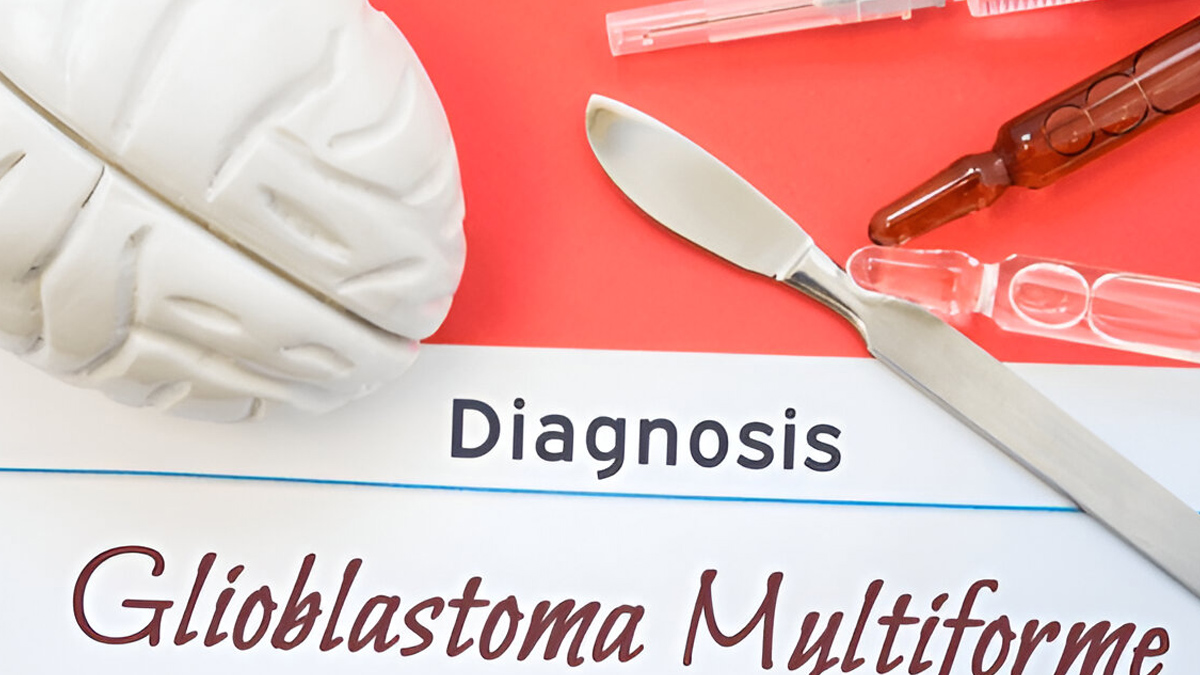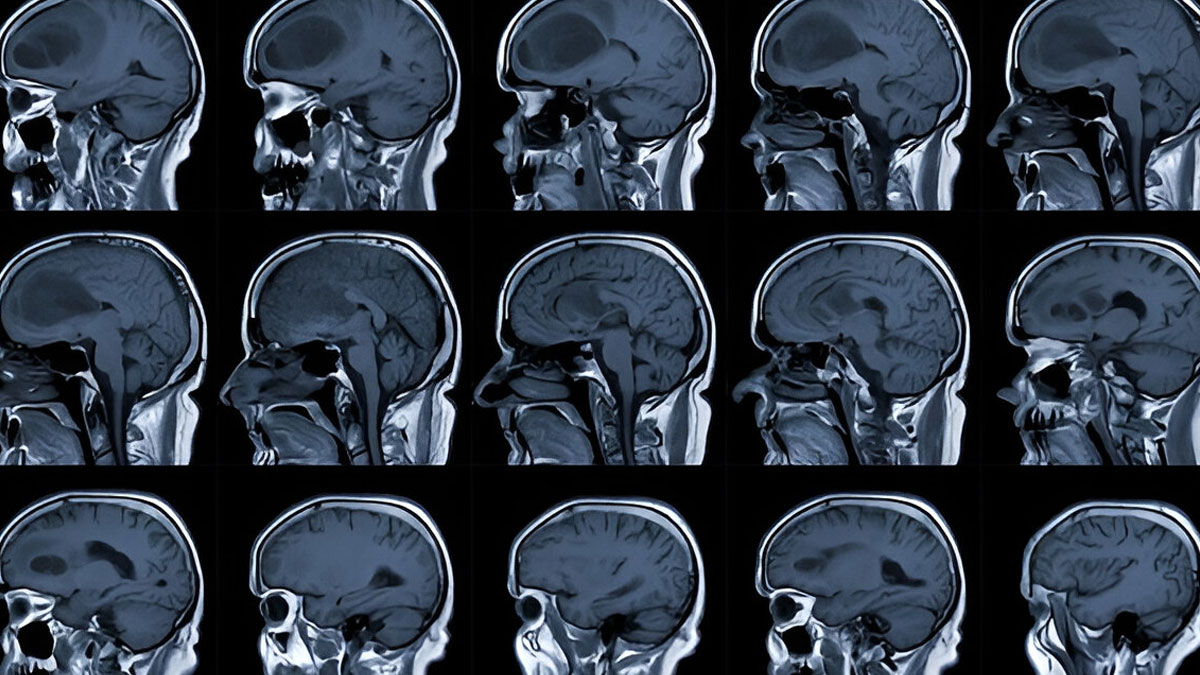
Every year on July 16, Glioblastoma Awareness Day is observed to raise awareness about glioblastoma, the most common and aggressive type of malignant brain tumour in adults. This annual event aims to promote stories and experiences of people living with the condition and to educate and inform people about the choices that can be made throughout the journey.
Table of Content:-
According to research, glioblastoma accounts for 14.5% of all Central Nervous System (CNS) tumours and 48.6% of malignant CNS tumours. The median overall survival of GBM patients is only 15 months.
This Glioblastoma Awareness Day 2025, OnlyMyHealth sheds light on the early symptoms, risk factors, and treatment options for glioblastoma.
Also Read: Brain Tumours On A Rise In India: Expert Reveals Types Of People Who Are Most Susceptible
What Is Glioblastoma?

Glioblastoma, also known as glioblastoma multiforme, is the most common and aggressive type of primary brain tumour in adults. Primary brain tumours are tumours that originate in the brain, whereas secondary brain tumours spread from another part of the body.
Glioblastoma originates from glial cells, which are the supportive tissue of the brain and spinal cord.
While the exact cause of glioblastoma is unknown, according to StatPearls Publishing, the only well-established causative factor implicated in glioblastoma is exposure to high doses of ionising radiation, which is a type of radiation with enough energy to remove electrons from atoms, creating ions. Examples include X-rays, gamma rays, and alpha and beta particles.
Early Symptoms Of Glioblastoma
Glioblastoma can be difficult to detect early, as the tumour can infiltrate into the surrounding brain tissue and cause non-specific symptoms in the initial stages. However, some early symptoms to note include:
- Headaches that worsen over time and may not respond to pain relievers
- Seizures in the form of uncontrollable limb movements, loss of consciousness, or subtle changes like numbness, tingling, or difficulty speaking
- Cognitive changes like difficulty with thinking, memory, and concentration
- Blurred or double vision
- Speech difficulties
- Muscle weakness, numbness, loss of coordination, or balance problems
- Nausea and vomiting
- Fatigue
- Changes in breathing or pulse
- Loss of appetite
Also Read: Glioblastoma Vs Other Brain Tumours: Expert Explains Their Similarities And Differences
Risk Factors For Glioblastoma

Some of the common risk factors for glioblastoma are prior radiation exposure to the head or neck, certain inherited genetic syndromes, and age, with the disease being more common in older adults.
Research suggests glioblastoma is primarily diagnosed in adults with a median age of 64 years." The incidence increases with age, peaking at 75 to 84 years and dropping after 85 years.
Additionally, men have a slightly higher risk of developing glioblastoma compared to women.
Treatment Options For Glioblastoma

Treatment of glioblastoma begins after a confirmed diagnosis. Tests and procedures used to diagnose glioblastoma include neurological exams, imaging tests, and a biopsy.
To treat glioblastoma, doctors may start with a surgery – although it isn't always an option, because if glioblastoma grows deeper into the brain, it might be too risky to remove all of the cancer, according to Mayo Clinic.
Other treatments include radiation therapy and chemotherapy. Tumour Treating Fields Therapy, also known as TTF, is also a type of treatment for glioblastoma. It uses electrical energy to damage the glioblastoma cells, making it hard for the cells to multiply.
Conclusion
Glioblastoma is the most common type of brain tumour. It is also the most aggressive type of malignant brain tumour. While the condition is not fully curable, it is treatable. Early diagnosis and intervention can not only increase survival outcomes; they can also improve quality of life. The key is to not give up and educate yourself about the condition.
Also watch this video
How we keep this article up to date:
We work with experts and keep a close eye on the latest in health and wellness. Whenever there is a new research or helpful information, we update our articles with accurate and useful advice.
Current Version